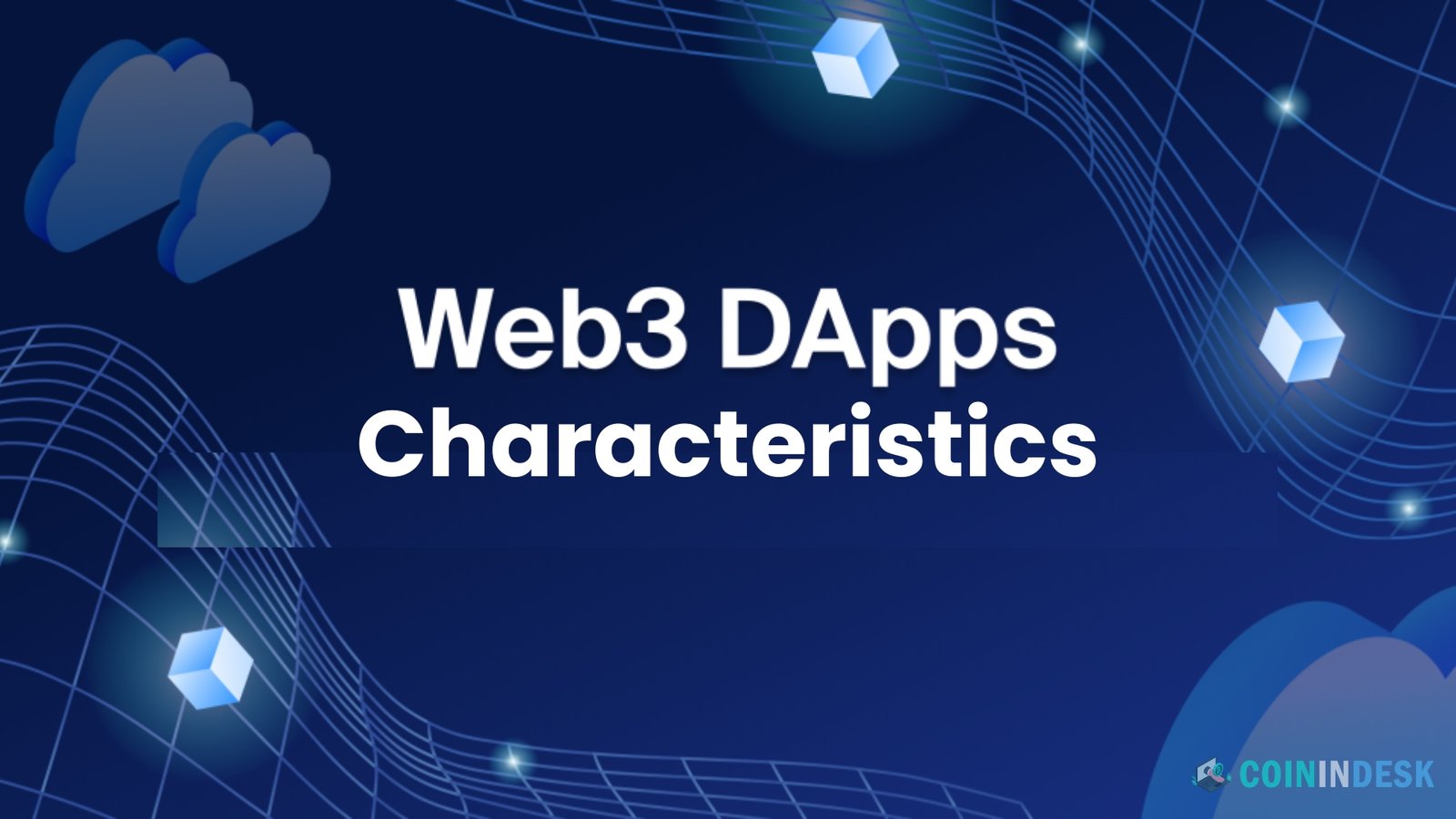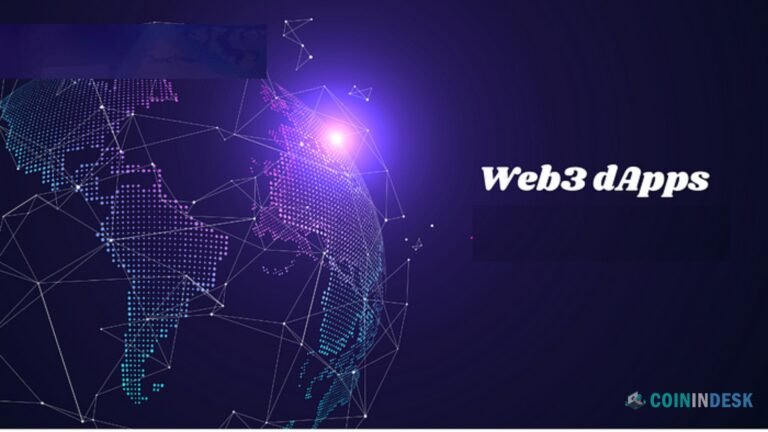Web3 Dapps: The advent of Web3, also known as the decentralized web, represents a significant shift in the digital landscape. Built on blockchain technology, Web3 introduces a new paradigm where decentralized applications (dApps) play a crucial role in creating a more open, transparent, and user-centric internet. Unlike traditional applications that rely on centralized servers and intermediaries, Web3 dApps operate on decentralized networks, offering a range of benefits, including enhanced security, privacy, and user control.
The Rise of Web3 and dApps
Web3 is often seen as the next evolutionary step of the internet, following Web1 (the static web) and Web2 (the interactive, social web). While Web1 was primarily about reading and Web2 added the ability to read and write, Web3 introduced the concept of read, write, and own. This ownership is at the heart of Web3, where users have more control over their data, assets, and interactions online.
Decentralized applications, or dApps, are the building blocks of Web3. These software applications run on a peer-to-peer network of computers rather than relying on a single server. By leveraging blockchain technology, dApps ensure that data is distributed across a network, making it immutable, transparent, and resistant to censorship.
Critical Characteristics of Web3 dApps
Decentralization
The primary characteristic of dApps is decentralization. Unlike traditional apps controlled by a central authority, dApps operate on decentralized networks such as Ethereum, Polkadot, or Solana. This ensures that no single entity controls the application, reducing the risk of data manipulation or censorship.
Security
The decentralized nature of dApps makes them inherently more secure than traditional applications. Since there is no central point of failure, the risk of hacks or data breaches is significantly reduced. Cryptography also ensures that data and transactions are secure and cannot be altered.
Ownership and Control
In the Web2 world, the platforms often own and monetise user data. Web3 dApps, on the other hand, give users ownership and control over their data. Users can choose how their data is used and who has access to it, fostering a more equitable internet where users are empowered rather than exploited.
Interoperability
Web3 is designed to be interoperable, meaning that dApps can interact and share data seamlessly. Blockchain protocols facilitate this interoperability, enabling a more connected and cohesive ecosystem where users can move their assets and data across different platforms without friction.
The Impact of Web3 dApps Across Industries
Web3 dApps are poised to disrupt a wide range of industries by introducing new interaction, governance, and value-creation models. Some of the key sectors being transformed by dApps include:
Decentralized Finance (DeFi)
Decentralized finance (DeFi) is one of the most prominent applications of Web3. DeFi dApps enable users to access financial services such as lending, borrowing, trading, and investing without the need for traditional intermediaries like banks. By removing intermediaries, DeFi dApps offer more accessible, efficient, and transparent financial services, often with lower fees and higher user returns.
Gaming
Web3 is also revolutionizing the gaming industry through the concept of play-to-earn and the ownership of in-game assets. dApps in gaming allow players to own their in-game items, characters, and currencies, which can be traded or sold on various marketplaces. This shift towards digital ownership creates new economic opportunities for gamers and developers alike.
Supply Chain Management
dApps are being used to enhance transparency and efficiency in supply chain management. By utilizing blockchain, companies can track products at every stage of the supply chain, ensuring that information about the origin, quality, and journey of goods is accurate and tamper-proof. This has significant implications for agriculture, pharmaceuticals, and luxury goods, where authenticity and traceability are paramount.
Healthcare
In healthcare, Web3 dApps enable the more secure and private handling of patient data. Patients can control who can access their data by decentralising health records and under what conditions. This not only enhances privacy but also improves the efficiency of healthcare services by providing doctors with more accurate and comprehensive patient information.
Art and Content Creation (NFTs)
Non-fungible tokens (NFTs) are another groundbreaking application of Web3. NFTs allow artists and content creators to tokenize their work and sell it directly to consumers, bypassing traditional gatekeepers like galleries or streaming platforms. This has opened up new revenue streams for creators and has given rise to a vibrant digital art and collectibles market.
Challenges and the Future of Web3 dApps
While Web3 dApps offer numerous advantages, they also face challenges that must be addressed for broader adoption. One of the main challenges is scalability. As the popularity of dapps grows, so does the demand for blockchain networks, leading to congestion and high transaction fees. Various solutions, such as layer-2 scaling and alternative blockchains, are being developed to overcome these issues.
Another challenge is the user experience. Many dapps require users to have a certain level of technical knowledge to interact with them, which can be a barrier to entry for the average user. Improving the user interface and experience of dApps is crucial for attracting mainstream users.
Regulation is another area of concern. Web3’s decentralized nature challenges existing regulatory frameworks, often designed around centralized entities. As governments and regulators approach Web3, the industry must work towards solutions that balance innovation with compliance.
Despite these challenges, the future of Web3 dApps looks promising. As technology continues to evolve and mature, we can expect to see an increasing number of dapps that are more scalable, user-friendly, and integrated into our daily lives. The transition to Web3 represents a technological shift and a broader societal change towards a more decentralized, user-centric, and equitable Internet.
Conclusion
In conclusion, Web3 dApps are set to redefine how we interact with the digital world. By empowering users, enhancing security, and fostering innovation across various sectors, dApps are paving the way for a new era of the internet where control is returned to the people. As the Web3 ecosystem continues to grow, it will undoubtedly play a critical role in shaping the future of the digital economy.


